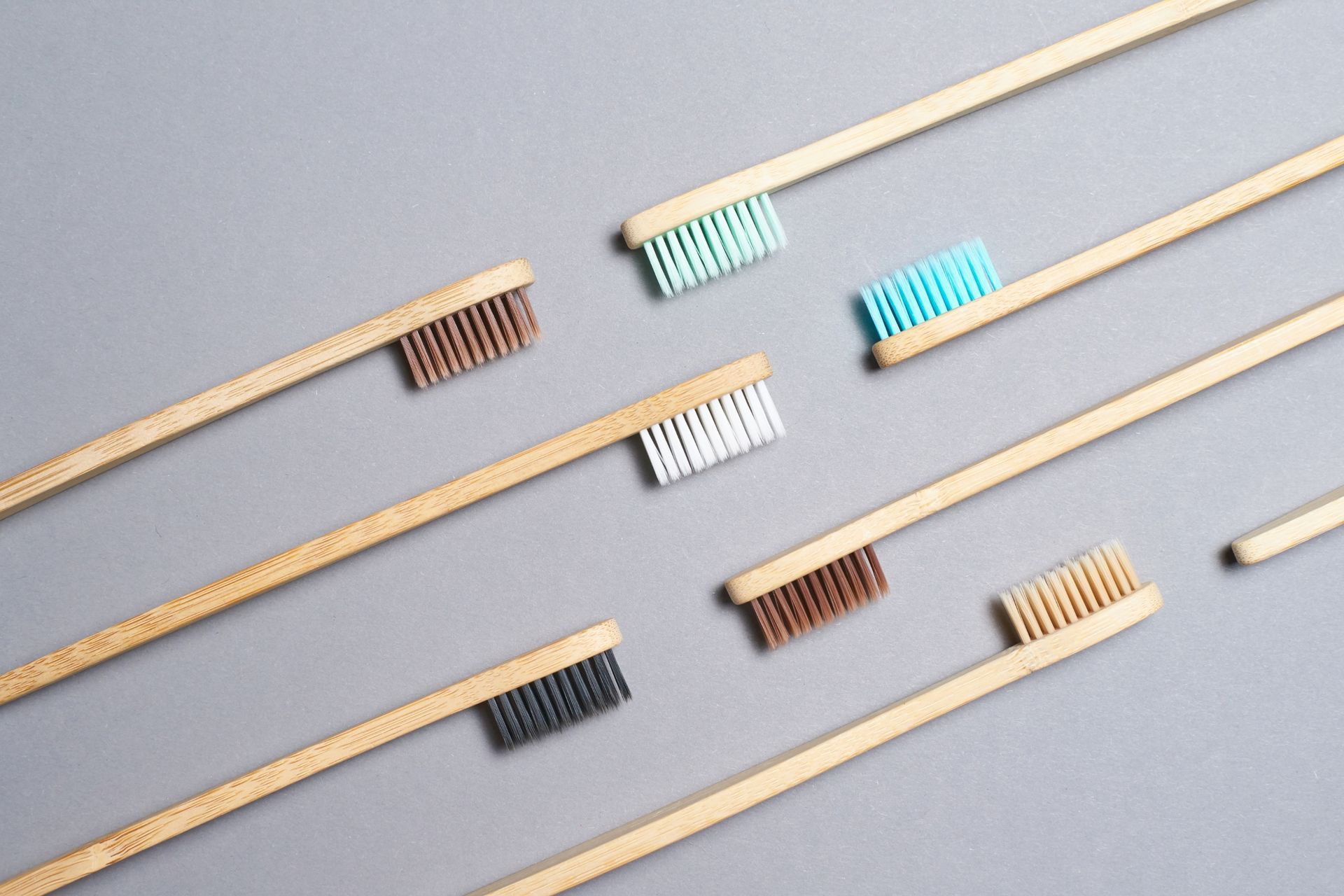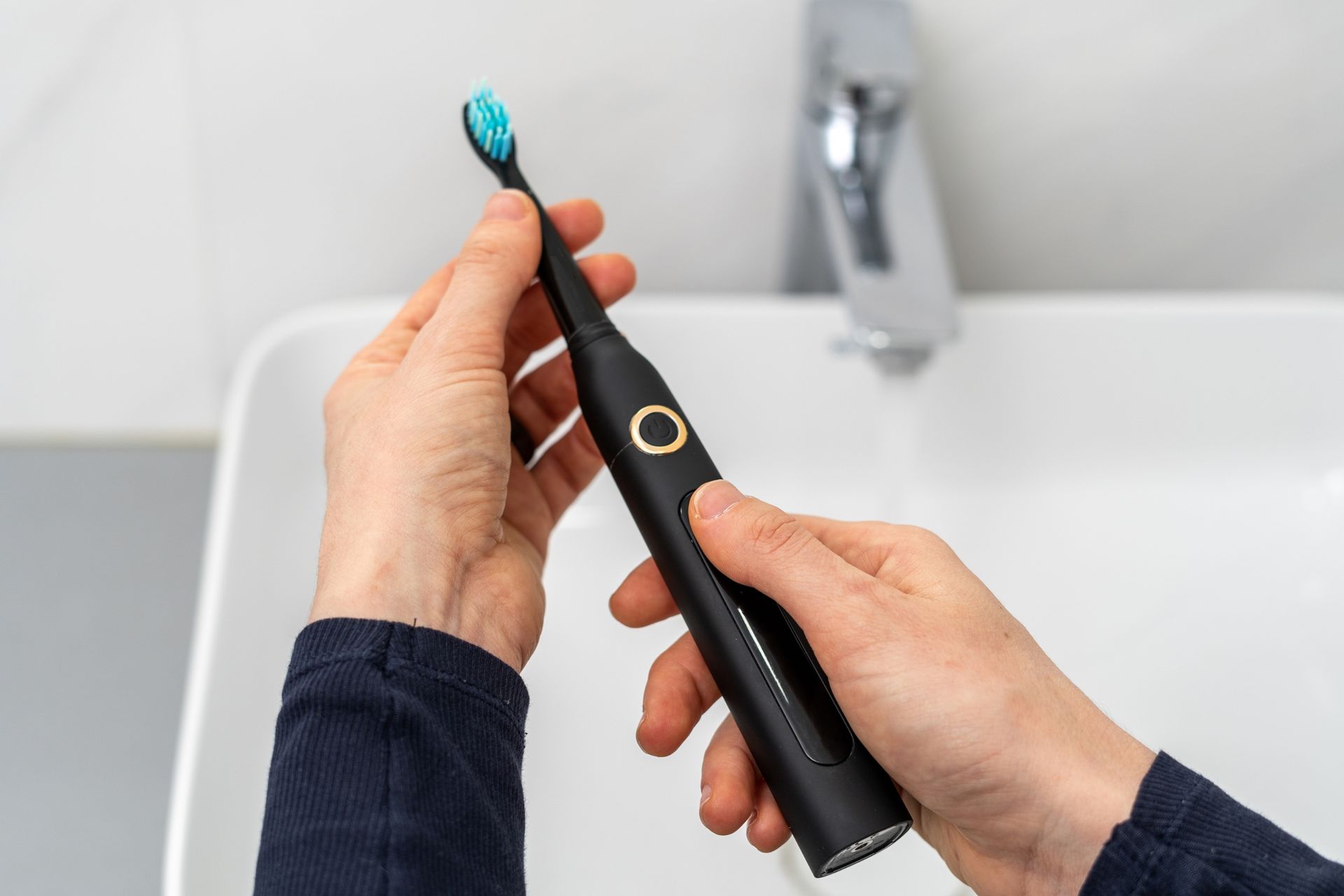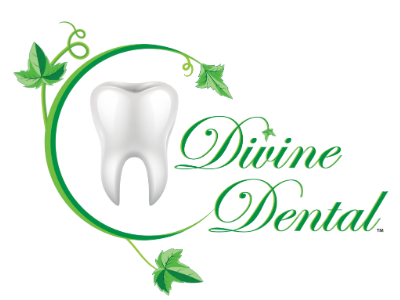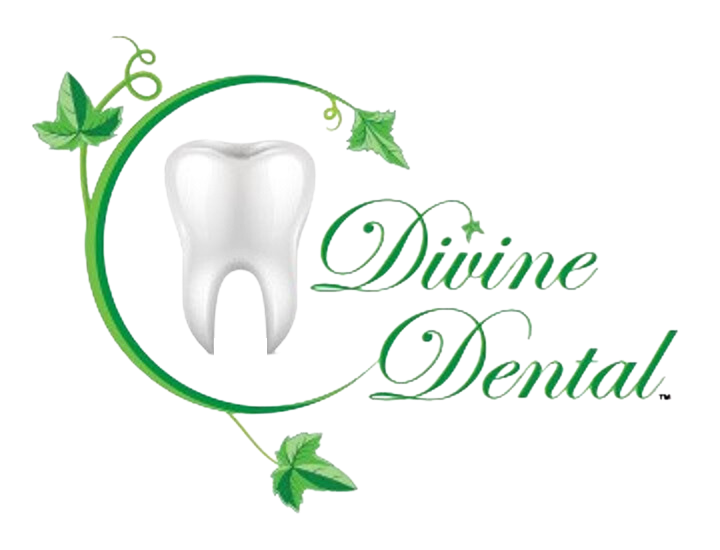Beyond Bristles: Selecting The Perfect Toothbrush For Your Dental Routine
When it comes to maintaining good oral hygiene, brushing your teeth is essential. But have you ever stopped to think about the importance of selecting the right toothbrush for your dental routine? It's not just about the bristles - there are other factors to consider as well.
The toothbrush market is flooded with options, making it overwhelming to choose the perfect one. From manual to electric, soft to hard bristles, the choices seem endless. But selecting the right toothbrush can make a significant difference in your oral health.
Your toothbrush is a crucial tool in keeping your teeth and gums healthy. It's not just about brushing twice a day; it's about using the right toothbrush that suits your individual needs. In this article, we will explore the factors you should consider when selecting the perfect toothbrush for your dental routine. By making an informed choice, you can take your oral hygiene to the next level and enjoy a brighter, healthier smile.
Reasons to Choose the Right Toothbrush
When it comes to maintaining good oral hygiene, choosing the right toothbrush is essential. The type of toothbrush you use can have a significant impact on the health of your teeth and gums. From the bristle type to the size and shape of the brush, there are several factors to consider when selecting the right toothbrush for your needs.
What to Consider When Selecting a Toothbrush
When selecting a toothbrush, it's important to consider bristle firmness, brush head size and shape, handle design, and the option of electric toothbrushes. Bristle firmness is crucial as it can affect how effectively the toothbrush can remove plaque and debris without causing damage to the gums. For most people, a soft-bristled toothbrush is recommended as it is gentle on the gums and tooth enamel. However, those with specific dental issues or conditions may benefit from using medium or hard bristles.
The size and shape of the brush head is also important as it should comfortably fit in your mouth and reach all areas of your teeth. A smaller brush head may be more suitable for those with smaller mouths or those wanting to target specific areas, while a larger brush head may be better for covering more surface area in fewer strokes.
Handle design should also be considered, as it should be comfortable and easy to grip for better control and maneuverability. Additionally, the option of electric toothbrushes can offer advantages such as built-in timers, pressure sensors, and oscillating or rotating brush heads for more thorough cleaning.
Ultimately, the right toothbrush will depend on individual needs and preferences, so it's important to consider these factors and choose a toothbrush that suits your specific dental needs.

Manual Toothbrushes
Manual toothbrushes have been a classic staple in oral hygiene for decades. These simple yet effective tools come in a variety of bristle patterns, shapes, and sizes to cater to different dental needs. Many people still prefer the traditional method of brushing with a manual toothbrush, as it allows for complete control over brushing pressure and motion.
Standard Manual Toothbrush
A standard manual toothbrush typically features nylon bristles that come in various options, including soft, medium, or hard. The head shape can vary as well, with some designed to reach difficult-to-access areas, while others are more standard in shape. The benefits of a manual toothbrush include affordability, ease of use, and the ability to control the pressure and motion while brushing.
Proper brushing technique is crucial for dental health when using a manual toothbrush. Incorrect use can lead to potential drawbacks such as gum irritation, enamel wear, and ineffective plaque removal. It's important to use gentle pressure, angle the bristles at 45 degrees towards the gum line, and brush in a circular motion to effectively clean teeth and gums.
Key considerations when choosing a manual toothbrush include the size and shape of the head, the bristle options based on individual preference and dental needs, and the handle grip for comfort and control. To effectively use a manual toothbrush for dental health, it's recommended to brush at least twice a day for two minutes each time, paying close attention to all tooth surfaces and the gum line.
Small-Headed Brushes
Small-headed brushes offer several benefits for maintaining oral hygiene. Their compact design makes them effective at reaching all areas in the mouth, including the often overlooked back molars. This ensures that no part of the mouth is neglected during brushing, reducing the risk of plaque and cavities. Additionally, small-headed brushes often come with patterned or tapered bristles, which further enhances their cleaning capabilities. The patterned bristles can help remove plaque and food particles from hard-to-reach areas, while tapered bristles can clean along the gumline more effectively.
Choosing a smaller brush head is crucial for a quality clean. It allows for better maneuverability and control, ensuring that every tooth and crevice is thoroughly cleaned. This is especially important for individuals with limited dexterity or those wearing braces.
When selecting a toothbrush, consider the various types of handles available. A non-slip grip handle can provide better control and comfort while brushing, while flexible handles can adjust to the contours of the mouth for a more thorough clean. Additionally, some toothbrushes offer angled handles that can improve access to hard-to-reach areas. By choosing the right handle type, you can enhance your overall cleaning experience for optimal oral health.
Non-Slip Grip for Manual Brushes
A non-slip grip on a manual toothbrush is essential for ensuring control, comfort, and effectiveness during brushing, especially for individuals with limited dexterity. The non-slip feature prevents the toothbrush from slipping out of the hand, providing a secure and comfortable grip. This is particularly important for those who may struggle to hold onto objects firmly due to conditions such as arthritis or other mobility issues.
A textured or rubberized handle can greatly improve the overall brushing experience by offering a more secure grip, making it easier to maneuver the toothbrush around the mouth. This added control allows for more precise brushing and enables individuals to reach all areas of their teeth and gums effectively.
By providing a stable and comfortable grip, a non-slip handle can also reduce the risk of dropping the toothbrush, which can be particularly helpful for individuals with limited hand strength.
Overall, a non-slip grip is crucial for ensuring that individuals can brush their teeth effectively and comfortably, regardless of their level of dexterity. It is a simple yet important feature that can greatly improve the oral hygiene routine for many people.
Soft Bristles for Manual Brushes
When using a manual toothbrush with soft bristles, it is important to follow the proper brushing technique for a thorough clean. Begin by applying a small amount of toothpaste to the brush and using light force to avoid damaging the gums. Hold the brush at a 45-degree angle to the gums and use gentle circular motions to clean the teeth and gums effectively.
Ensure that you brush for the recommended two minutes, spending an equal amount of time on the upper and lower teeth, as well as the front and back of the teeth. Be sure to reach all areas of the mouth, including the back molars and the tongue, to remove bacteria and food particles.
Remember to replace your manual toothbrush or its head every 3-4 months, or sooner if the bristles become frayed. Using a toothbrush with soft bristles and following the proper brushing technique will help prevent damage to the enamel and gums while still providing a thorough clean.
Incorporating soft bristles, proper brushing technique, and thorough cleaning into your oral hygiene routine will help maintain a healthy and happy smile.

Electric Toothbrushes
Electric toothbrushes have become increasingly popular for their ability to provide a more thorough and effective cleaning than traditional toothbrushes. With advanced technology and various features, they offer a convenient and efficient way to maintain oral hygiene. From their power modes to advanced brush head designs, electric toothbrushes cater to a wide range of dental needs.
Powered vs. Non-Powered Electric Toothbrushes
When it comes to electric toothbrushes, there are two main types to consider: powered and non-powered.
Powered electric toothbrushes are battery-operated or rechargeable and provide a rotating or vibrating motion to help with plaque removal and gum stimulation. They are generally more effective at removing plaque and reducing gingivitis, making them a good option for those with limited dexterity. However, they can be more expensive and require regular charging or battery replacement.
Non-powered electric toothbrushes, on the other hand, rely on manual brushing with an added vibration or pulsation feature. They are typically more affordable and easier to travel with, but may not be as effective as powered toothbrushes for removing plaque.
When choosing the best option for your oral care needs, consider factors such as cost, effectiveness, convenience, and personal preference. Look for features like pressure sensors, timers, and multiple brushing modes to help make the decision. Ultimately, the best choice will depend on your individual oral care requirements.
Brush Heads for Electric Toothbrushes
There are several different types of brush heads available for electric toothbrushes, each with their own design, bristle configuration, and handle features. Some common types include standard brush heads, compact brush heads, precision brush heads, and orthodontic brush heads.
Standard brush heads typically have a larger surface area and are designed with a combination of bristle lengths to effectively clean the entire tooth surface. Compact brush heads have a smaller, rounder design that allows for better access to hard-to-reach areas, such as the back molars. Precision brush heads have a smaller, more pointed shape that can help target specific problem areas or reach in between teeth. Orthodontic brush heads are designed with bristles that can effectively clean around braces and other orthodontic appliances.
Each type of brush head offers specific benefits, such as reaching areas that are difficult to clean with a manual toothbrush, providing a deeper clean, and catering to specific dental needs. The design of the brush heads can also aid in patient compliance with recommended oral hygiene techniques by making it easier for individuals to effectively clean their teeth and maintain good oral health.
Pressure Sensors in Electric Brushes
Pressure sensors in electric toothbrushes work by detecting the amount of force being applied during brushing. This ensures that the correct amount of pressure is being used to effectively clean the teeth without causing damage. For individuals with braces, pressure sensors are particularly beneficial as they help to prevent excessive force from being applied, which could potentially dislodge or damage the braces.
There are different options available for pressure sensors in electric toothbrushes, including visual indicators or built-in technology that reduces the brush speed when excessive force is detected. These contribute to a more effective cleaning experience by guiding users to apply the right amount of force for optimal results.
Using an electric toothbrush with pressure sensors is advantageous for individuals with limited mobility or dexterity issues. The sensors help to ensure that the teeth are being cleaned thoroughly without requiring as much manual dexterity or strength, making it easier for those with mobility limitations to maintain good oral hygiene.
Signs of Wear on Electric Brush Heads
Over time, electric brush heads can show signs of wear that indicate it's time for a replacement. One of the first things to look for is the condition of the bristles. If they are frayed, bent, or worn down, it's a clear sign that the brush head needs to be replaced. Additionally, any discoloration or staining on the bristles can also indicate that the brush head is no longer effective at cleaning. It's important to ensure that the brush head is still securely attached to the device, as any wobbling or looseness can affect its performance.
Regularly replacing the brush head every 3-4 months is essential for maintaining good oral hygiene. If the bristles appear worn before this time frame, it's important to replace the brush head sooner to ensure effective cleaning. By following a consistent replacement schedule, you can maintain the effectiveness of your electric toothbrush and avoid potential dental issues. Proper maintenance of electric brush heads is crucial for optimal oral hygiene and overall health.
Soft-Bristled Options for Electric Brushes
When it comes to electric toothbrush brands offering soft-bristled options for braces, two top brands stand out – Oral-B and Phillips Sonicare. These brands provide electric toothbrushes with soft bristles specifically designed for orthodontic patients. The brush head sizes for these toothbrushes are compact, making it easier to maneuver around the brackets and wires of braces.
Using an electric toothbrush with soft bristles is beneficial for orthodontic patients as it helps to effectively clean around the braces without causing damage or discomfort. The gentle bristles are also ideal for cleaning the gumline and preventing irritation during orthodontic treatment.
The electric movement of the brush head helps in loosening and removing plaque and food particles from around the braces. However, it's important to move the brush around to all areas of the mouth to ensure a thorough clean, especially around the brackets and wires. This is where the smaller brush head size comes in handy, allowing for better reach and precision.
Benefits of a Proper Dental Routine
A proper dental routine is essential for maintaining good oral health and preventing dental issues in the long run. By following a regular routine of brushing, flossing, and regular dental check-ups, individuals can enjoy a range of benefits that contribute to their overall well-being. From preventing tooth decay and gum disease to promoting healthy teeth and gums, a proper dental routine is a crucial part of maintaining a healthy lifestyle. Additionally, good oral hygiene can also have positive effects on overall health, as it has been linked to lower risks of certain systemic diseases.
Removes Food Particles and Plaque
Proper technique for removing food particles and plaque from the teeth and gum line is essential for maintaining good oral hygiene and preventing potential oral health issues. Start by using a soft-bristled toothbrush and fluoride toothpaste to gently brush the teeth in a circular motion, ensuring that you reach all surfaces including the interproximal areas and the gingival margin. Pay special attention to the gum line, as plaque tends to accumulate there and can lead to gum disease if not removed properly.
To ensure thorough disruption of the biofilm, it's important to also use dental floss or interdental brushes to clean between the teeth and remove any remaining food particles. This will help minimize the establishment of cariogenic organisms and prevent the formation of cavities. Proper plaque removal and interproximal cleaning are crucial for maintaining oral health and preventing caries. Incorporating these techniques into your daily oral hygiene routine will help keep your teeth and gums healthy and free from plaque and food particles.
Reduces Risk of Tooth Decay and Cavities
Preventative dental care plays a crucial role in reducing the risk of tooth decay and cavities. Routine dental visits allow for early detection and treatment of any dental issues, ultimately preventing the progression of tooth decay. Proper oral hygiene, such as brushing and flossing regularly, is also essential in keeping teeth and gums healthy. Using the right toothbrush and toothpaste tailored to individual needs further enhances oral hygiene and helps reduce the risk of tooth decay.
Neglecting preventative dental care can lead to the buildup of plaque, a sticky film of bacteria that can cause tooth decay and gum disease. Without proper care, plaque can harden into tartar, which is difficult to remove with regular brushing and flossing. This increases the likelihood of developing cavities and other dental problems.
Furthermore, cosmetic dental options play a significant role in achieving a healthy and beautiful smile. These options not only improve the appearance of teeth but also contribute to overall oral health. For instance, dental procedures like teeth whitening and veneers can enhance the aesthetics of a smile while also improving dental health.
Prevents Bad Breath
Proper oral hygiene is crucial in preventing bad breath. This includes brushing teeth at least twice a day and flossing daily to remove food particles and plaque that can cause odors. Regular dental check-ups are also important as they can help detect and treat any underlying dental issues that may contribute to bad breath.
Avoiding certain foods such as garlic, onions, and spicy foods can also help prevent bad breath. These foods contain strong-smelling compounds that can linger in the mouth and lead to unpleasant odors.
In addition, using oral care products like toothpaste, mouthwash, and tongue cleaners can aid in preventing bad breath. Toothpaste containing antibacterial properties can help reduce odor-causing bacteria in the mouth. Mouthwash can help kill bacteria and freshen breath. Tongue cleaners can also help remove bacteria and food debris from the tongue, which is a common source of bad breath.
By practicing good oral hygiene, visiting the dentist regularly, avoiding certain foods, and using the right oral care products, bad breath can be significantly reduced or prevented altogether.
Improves Overall Oral Health
Good oral hygiene practices are essential for maintaining overall oral health. This includes brushing and flossing twice daily for two minutes each time, as well as regularly replacing toothbrush heads every three months. These practices help remove plaque and prevent tooth decay, gum disease, and bad breath.
In addition to daily oral hygiene habits, it is important to schedule preventative dental hygiene visits every six months. These visits can help maintain oral health and prevent serious issues such as cavities, gum disease, and oral cancer. Professional cleaning and examination by a dental hygienist can also help detect and address any oral health concerns early on.
Seeking expert dental care from professionals like Brian Hall DDS is crucial for optimal oral health. A highly trained and experienced dentist can provide comprehensive dental care, from routine cleanings and exams to more complex procedures. By entrusting your oral health to a qualified dentist, you can ensure that any issues are addressed promptly and effectively.
Incorporating these oral hygiene practices and seeking regular professional dental care can lead to improved overall oral health and a brighter smile. Prioritizing oral health is key to maintaining a healthy and happy mouth.

Conclusion
In conclusion, the comparison between manual and electric toothbrushes highlights the importance of considering personal preferences, budget constraints, and oral health conditions when choosing the right brush. Both types have their own advantages and disadvantages, and the decision ultimately comes down to individual needs and preferences. However, regardless of the type of brush chosen, maintaining consistent oral hygiene practices is of utmost importance. Regular brushing, flossing, and dental check-ups are essential for preventing oral health issues such as cavities and gum disease. Therefore, regardless of whether one chooses a manual or electric toothbrush, the key is to prioritize consistent oral hygiene practices to ensure optimal oral health.



